LIHUE — Water on Rice Street was the main topic of conversation at the Thursday Lihue Business Association meeting, a conversation that has stemmed out of housing issues on Kauai.
There might not be enough water to supply the future planned building on Rice Street.
Before the panelists started discussing the nuances of the Rice Street challenges, though, LBA President Pat Griffin opened with a traditional Chinese New Year greeting: “Gong hei fat choy!”
That rallied about 80 attendees at the meeting.
Then panelists Arryl Kaneshiro, project manager at Grove Farm and County Council chair; Adam Roversi, County housing director; and Milo Spindt, executive director of the Kauai Housing Development Corporation, started talking about water availability.
“While on Rice Street there is a huge water main running down the middle of the street, it may require an additional transmission line from the main, but it is very specifically located,” Spindt said.
The concern is related to Kress Street, off Rice Street, where current plans indicate the potential to build up to 385 housing units.
Currently, the source and storage facility for the greater Lihue area, which also includes Puhi and Hanamaulu, only has the infrastructure to support 270 additional single-family dwelling units.
Spindt said a trip to the Kauai Department of Water showed him there isn’t infrastructure in place to deliver water to that area. Developers would have to pay the cost for new or improved water lines, or wait for DOW to make improvements.
Kaneshiro provided a bit of history on Kauai’s drinking water, pointing out it historically came from wells and in the early 2000s Grove Farm worked with the county and state to create the first surface-water-treatment facility. Today that facility provides water to 50,000 residents.
Spindt added that in the last 20 years, seven of the drinking wells were drilled by different agencies and were found unproductive. In order for them to be productive they have to produce 250 gallons of water per minute. They are not recharging fast enough to be considered productive.
The Waiahi Surface Water Treatment Plant was opened in 2005. It produces an average of 2.4 million gallons of water daily. According to Grove Farm, about 20% of the island’s residents obtain their drinking water from Waiahi. The facility reaches residents from Hanamaulu, Lihue, Puhi, Wailua and Kapaa.
Another option for low-income housing development is a two-acre parcel in Kilauea that would accommodate 40 rental units.
The problem with that, Roversi said, is there’s no water available in Kilauea.
In the audience was Kauai Community College Director of Institutional Effectiveness, Valerie Barko, who pointed out the importance of housing in higher education.
“Today’s topic is important because homelessness is a barrier to academic success faced by the students at the college,” Barko said.
Also in the audience was Hawaii Gas executive Leah Kerr-Michaels, who pointed out housing as a fundamental human need.
“Decent, affordable housing should be a basic right for every resident on Kauai, and throughout Hawaii, whether that is for our low-income families or our regular families,” Kerr-Michaels said. “When regulations on housing industry are reasonable, the cost of housing could be reduced. Regulatory relief is needed to make housing more affordable to more of our residents.”
•••
Stephanie Shinno, staff writer, can be reached at 245-0424 or sshinno@thegardenisland.com.
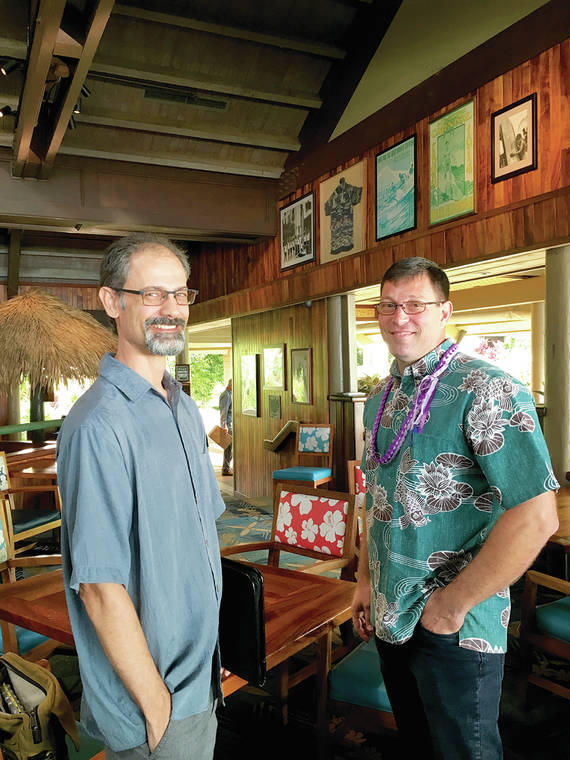
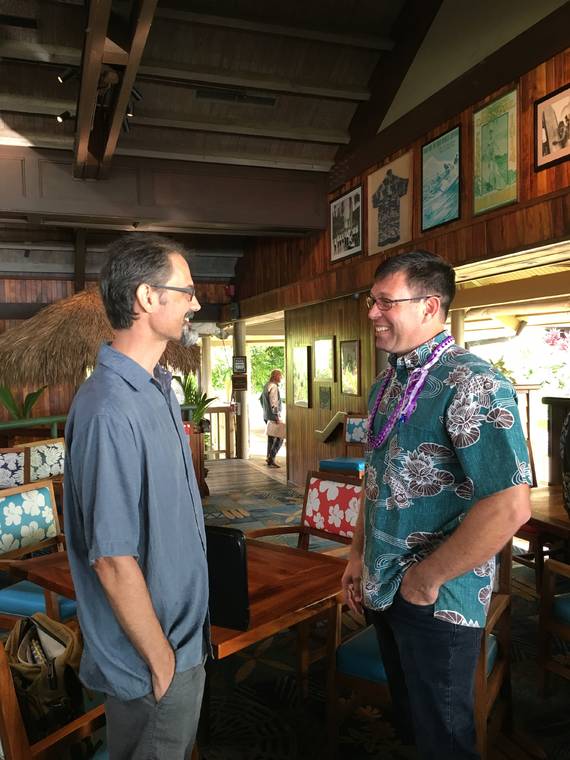
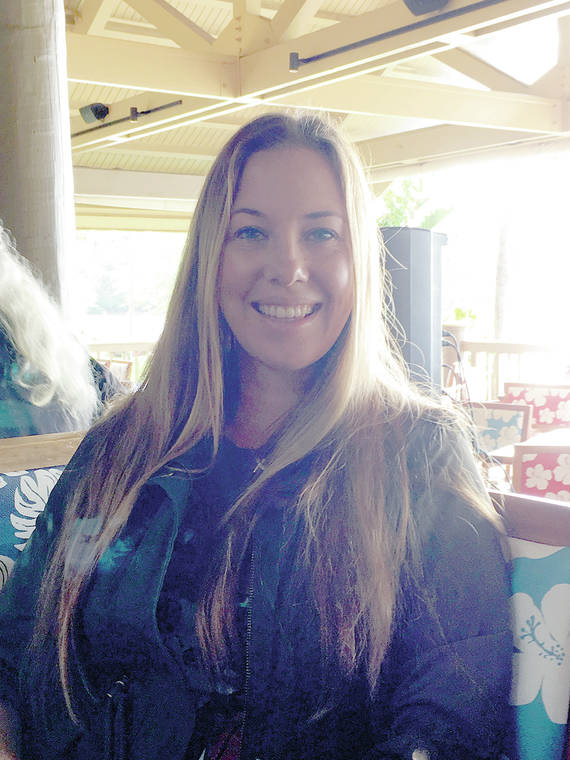
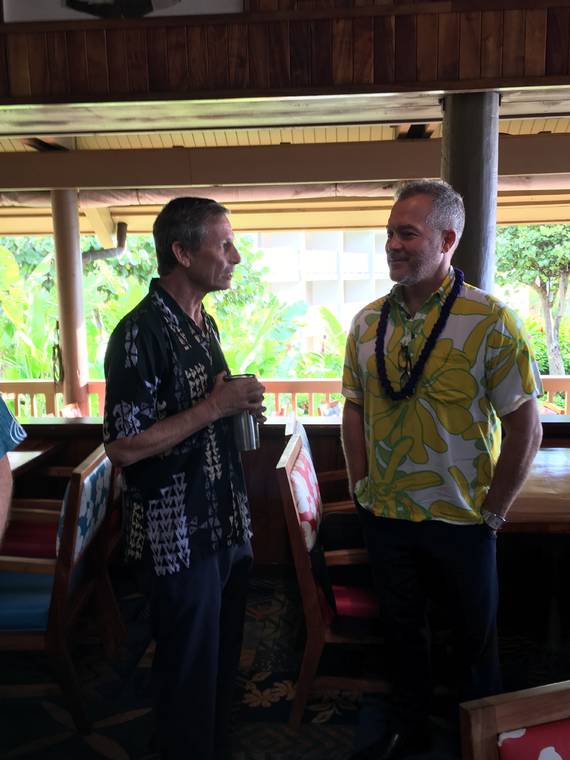
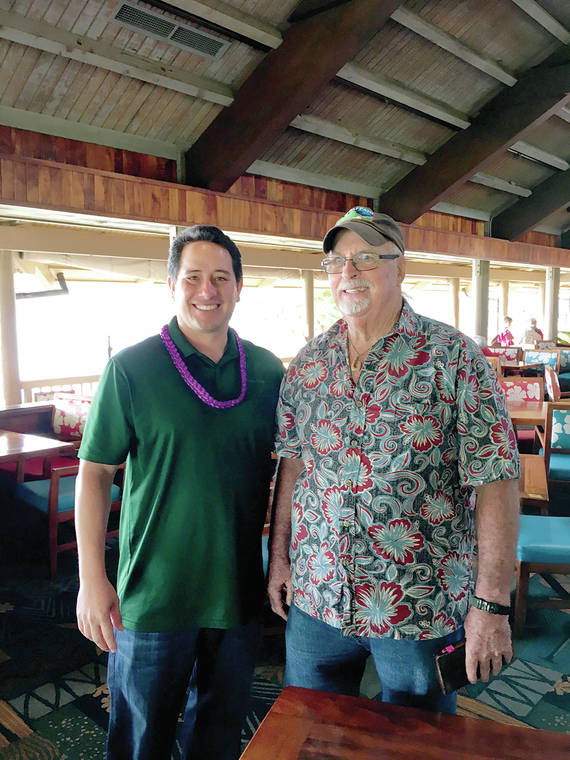
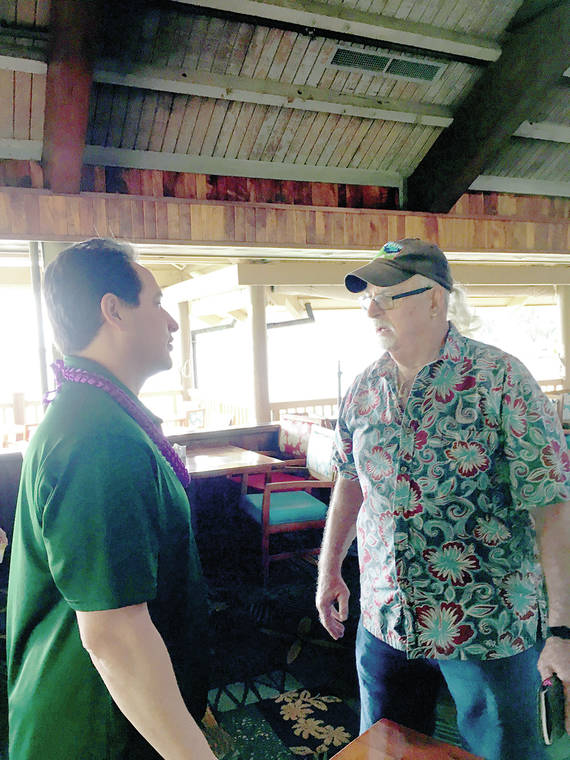





Kauai doesnt have the infrastructure for MORE. Let’s just be happy with what we have. Newer isnt always better.🤙
NO MORE
Kauai cant handle it
IF it wasnt broken WHY lihue town has been irreparably screwed by our supposed department leaders, instead of making lihue resemble santa barbara ventura counties, our leaders should be packing up and leaving, since they never belonged here or in their “leadership usa capacity” to begin with! OUR islands, not theirs!
The wells would be recharged if the surface water wasnt diverted.